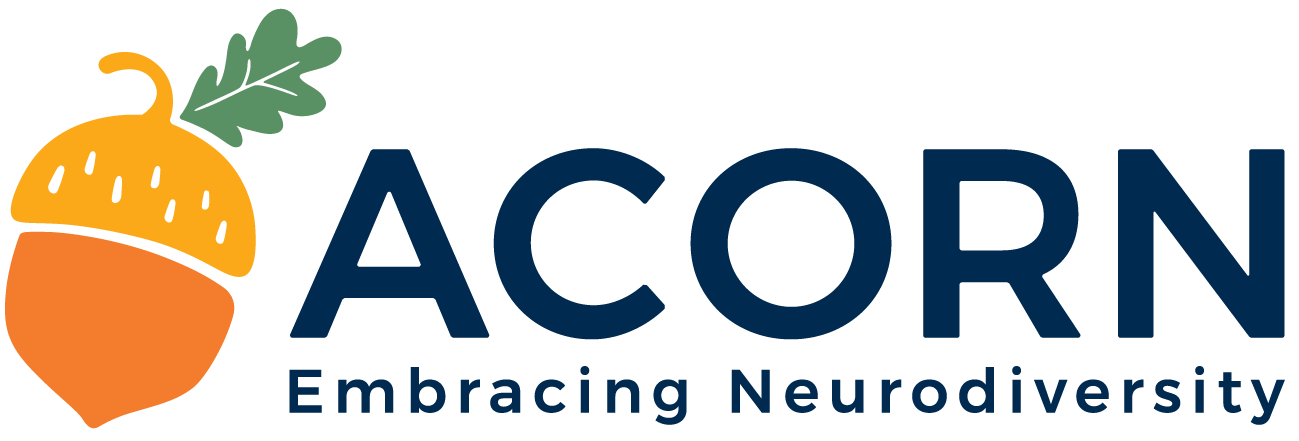Spreading joy with positive reinforcement
Keeping children motivated and engaged when we are teaching them new skills is so important. Studies tell us that the more engaged and exciting a learning opportunity is, the more likely we are to develop and retain new skills. A very important aspect of encouraging your child’s learning is through a technique called positive reinforcement. This article will discuss positive reinforcement and how we imbed it into our fun therapy sessions at Acorn Autism!
What is positive reinforcement?
Positive reinforcement is a technique used to increase your child’s desired behaviours and promote their learning. Simply put, positive reinforcement is when your child’s desired behaviour is followed by a favourable outcome. The science behind positive reinforcement suggests that if a behaviour is associated with positive outcomes your child will be more motivated and more likely to carry out that behaviour again in the future. Positive reinforcers differ from person to person, based on what they like and what is important to them.
Why is positive reinforcement used?
From a therapeutic perspective, the purpose of positively reinforcing a desired behaviour is to encourage meaningful behaviours to happen more often, to faciliate independence and increase quality of life. However, positive reinforcement is not just a therapeutic technique that practitioners use to help children with learning. In reality, positive reinforcement is woven through all aspects of our daily lives. For example, we are reinforced for going to work by earning money, we form relationships because social bonds make us happy, we buy groceries to meet our physical needs etc. Positive reinforcement is used around us all the time to incentivise, motivate and encourage us.
How do we use positive reinforcement used at Acorn Autism?
At Acorn Autism we use positive reinforcement when providing therapy to our clients to help the children we support, to learn. Positive reinforcement allows us to encourage the acquisition, development and maintenance of important skills. These skills enable children to have greater independence, have access to more choices and opportunities and advocate for themselves, which leads to a more meaningful life.
Positive reinforcement is also an avenue for Acorn Autism staff to make therapy sessions engaging for children. The frequent access to positive reinforcers during therapy keeps children motivated and receptive to learning opportunities presented to them during therapy. Lastly, positive reinforcement brings the children we work with so much joy. It makes therapy a lot more fun and builds a strong bond between a child and their therapist. Overall, positive reinforcement makes learning a more positive, happy experience.
Positive reinforcement is an effective way to encourage your child’s learning. At Acorn Autism we believe there is no moment that couldn’t use just a little more joy (especially a moment of learning)!
